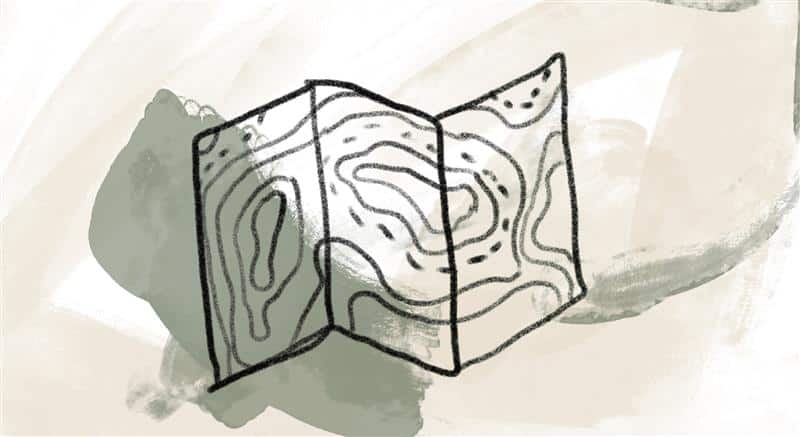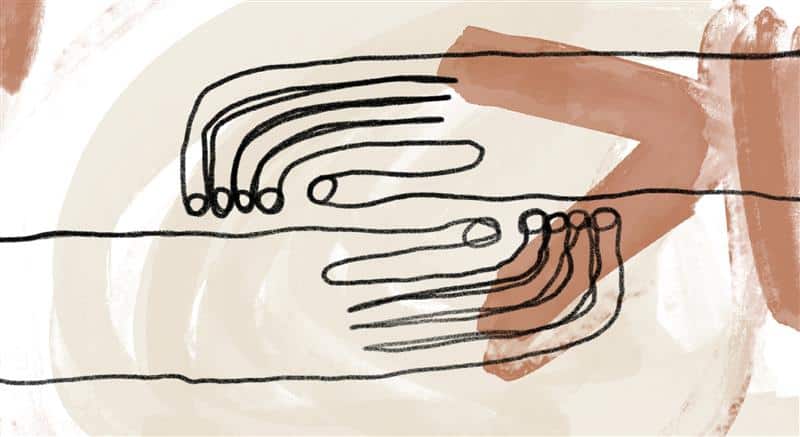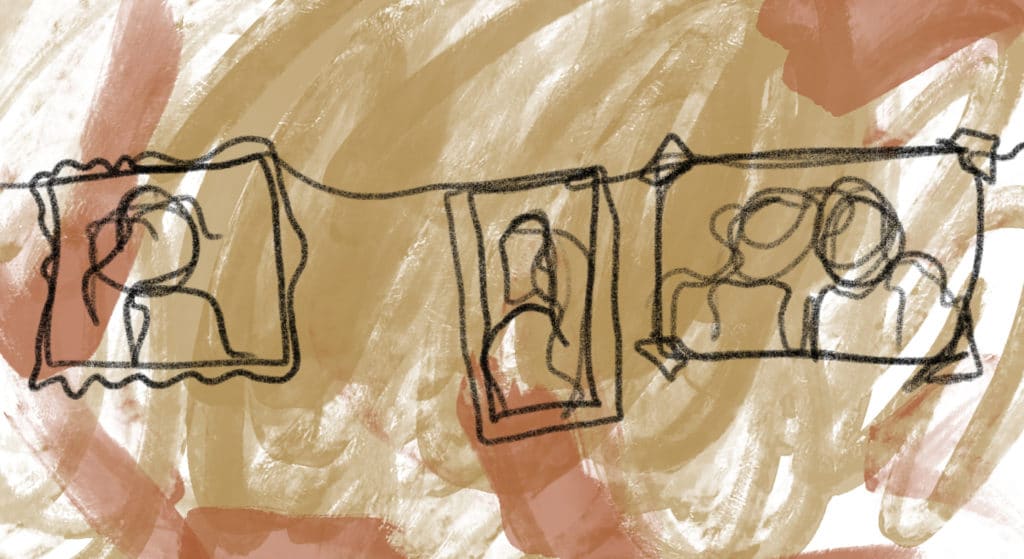Father Richard finds the foundation for his teaching that everything belongs in the crucifixion itself:
The cross is a perfect metaphor for what we mean by “everything belongs.” The rational, calculating mind can never fully understand the mystery of the cross. These insights can only be discovered through contemplative seeing: God is to be found in all things, even and most especially in the painful, tragic, and sinful things, exactly where we do not want to look for God. The crucifixion of the God-Human is at the same moment the worst and best thing in human history.
Human existence is neither perfectly consistent, nor is it incoherent chaos. Instead, life has a cruciform pattern. All of life is a “coincidence of opposites” (St. Bonaventure), a collision of cross-purposes. We are all filled with contradictions needing to be reconciled. This is the precise burden and tug of all human existence.
The price that we pay for holding together these opposites is invariably some form of “crucifixion.” Jesus himself was archetypally hung between a good thief and a bad thief, between heaven and earth, holding together both his humanity and his divinity, a male body with a feminine soul. He was a Jewish believer who forgave and loved everyone else. He “reconciled all things in himself” (Ephesians 2:14–16). Jesus really is an icon of what Carl Jung called the holy and whole-making spirit. [1]
The demand for the perfect is the enemy of the possible good. Be peace and do justice, but let’s not expect perfection in ourselves or the world. Perfectionism contributes to intolerance and judgmentalism and makes ordinary love largely impossible. Jesus was an absolute realist, patient with the ordinary, the broken, the weak, and those who failed. Following him is not a “salvation scheme” or a means of creating some ideal social order as much as it is a vocation to share the fate of God for the life of the world, and to love the way that God loves—which we cannot do by ourselves.
The doctrine, folly, and image of the cross is the great clarifier and truth-speaker for all human history. We can rightly speak of being “saved” by it. Jesus crucified and resurrected is the whole pattern revealed, named, effected, and promised. Jesus did not come to found a separate or new religion as much as he came to present a universal message of vulnerability and foundational unity that is necessary for all religions, the human soul, and history itself to survive. Thus, Christians can rightly call Jesus “the savior of the world” (John 4:42), but no longer in the competitive and imperialistic way that they have usually presented him. By very definition, vulnerability and unity do not compete or dominate. The cosmic Christ is no threat to anything but separateness, illusion, domination, and the imperial ego.
References:
[1] C. G. Jung, “A Psychological Approach to the Dogma of the Trinity,” in Psychology and Religion: West and East, trans. R. F. C. Hull, 2nd ed. (Princeton, NJ: Princeton University Press, 1969), 180.
Adapted from Richard Rohr, Everything Belongs: The Gift of Contemplative Prayer, rev. ed. (New York: Crossroad Publishing, 1999, 2003), 177–178, 179, 181–182.
Image credit: A path from one week to the next—Izzy Spitz, Field Study 2, oil pastel on canvas. Izzy Spitz, Everything at Once, digital oil pastel. Izzy Spitz, Wings, digital oil pastel. Used with permission. Click here to enlarge image.
Everything belongs: our messes and dreams, our hues of green and yellow, our curves and lines.
Story from Our Community:
I am so grateful for your teachings each day. They deepen and expand and challenge my understanding and intention. I feel held in a world I intuitively know I belong in. Your gift of including so many other wisdom voices and of unflinchingly acknowledging the grievous history of Christianity as lived by so many people for so long heartens me and renews my intention to live “the basic shared life” of peoplehood. [To Father Richard:] I want to offer my personal gratitude to you for your honesty and for who you are, for the work you’ve done. —Karen E.


